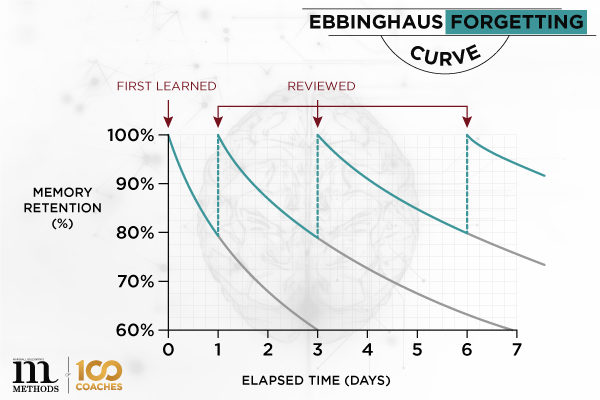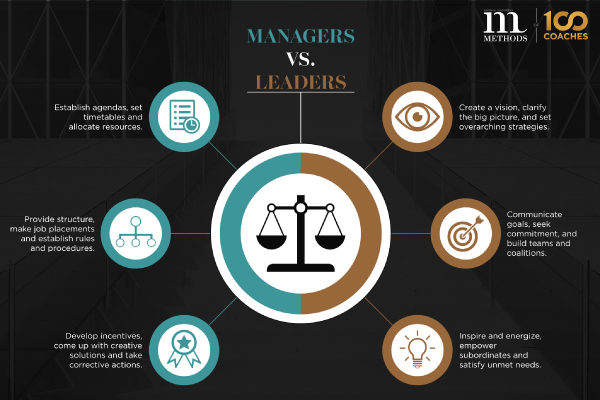Based on Leading with Gratitude by Chester Elton and Adrian Gostick
Effective organizations cannot thrive on fear. This is a simple idea that is embraced by the most successful leaders and managers and undermined by those who are struggling to lead and motivate their team.
According to a survey conducted by Glassdoor, 81% of people say they’re motivated to work harder when their boss shows appreciation for their work, while only 38% percent work harder when their boss is demanding, and only 37% if they are afraid of losing their job. Gratitude is a more powerful and sustainable motivator than fear.
People cannot work effectively, long-term, in an atmosphere of fear. It causes ill-effects that undermine people’s quality of work and team performance. Fear creates chronic stress and burnout while lowering energy due to lack of sleep. It also kills innovation, motivation, and initiative by instilling doubt and leaving employees constantly wondering “will i be in trouble, yelled at, or fired?” As a result,employees are less likely to take responsibility for mistakes. This type of workplace will eventually degrade into an environment full of blame, distrust, and disdain, rather than one that fosters help and collaboration.
While few managers will admit that fear is an effective way to motivate employees, they still, knowingly or unknowingly, employ fear-based tactics. Explicit or implied threats such as “You will lose your job if…” or “If we don’t hit our goals next month, I don’t know if I can protect your job,” are not the only ways to instill a sense of fear in the workplace. Others include:
- Blaming others for problems rather than finding solutions
- Expressing irritation when asked for guidance or help
- Micromanaging (which implies that you are hunting for mistakes)
If you’re questioning whether you or others in your organization are managing with fear, a 360-degree assessment is an effective way of getting honest feedback from employees. You can also look for symptoms of fear-based cultures. These include:
- emotional outbursts occurring frequently (especially from leaders)
- inappropriate conduct being allowed (especially from a top performer)
- unidirectional communication (only from the top down)
- core values that are not clearly understood, articulated, or followed
- employees wondering if they are in trouble whenever they get called into their boss’s office.
If your organization is showing these symptoms, then it is time to shift towards a gratitude-based style of leadership. To explore the importance of leading with gratitude and to learn how to do it, Chester Elton and Adrian Gostick’s book, Leading with Gratitude, can serve as an insightful resource. Chester Elton’s course, Methods of Team Management also dives deep into the subject of Leading with Gratitude and can be beneficial to all leaders looking to improve their team’s performance.





